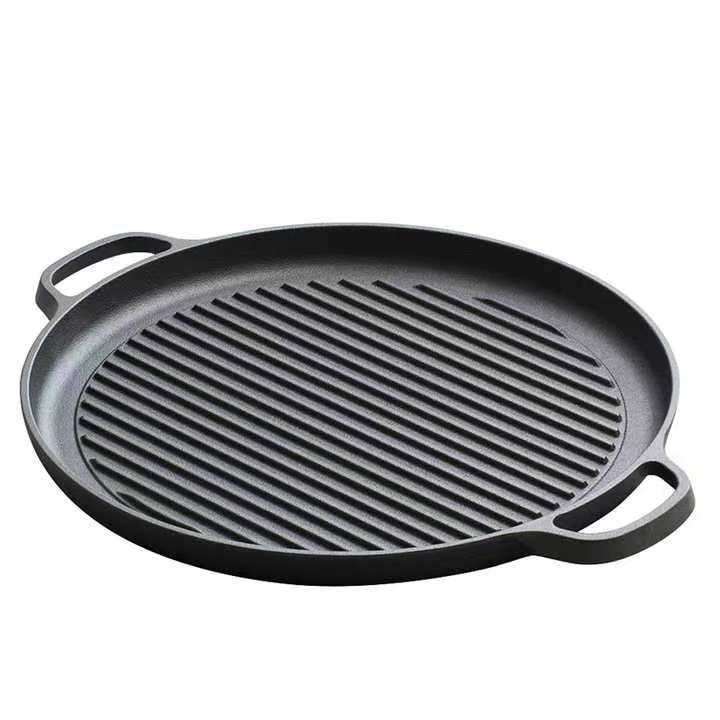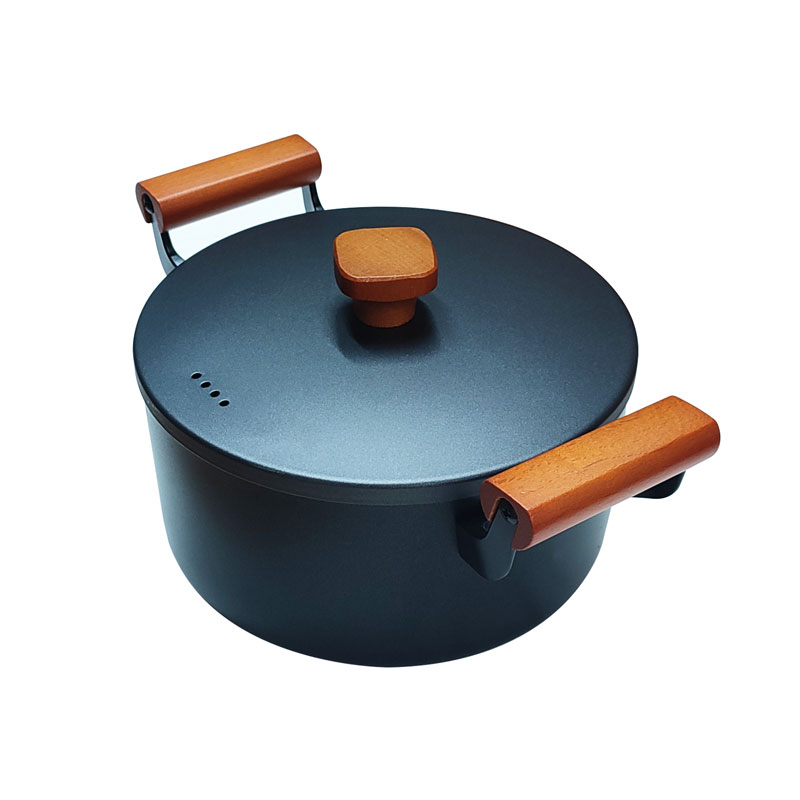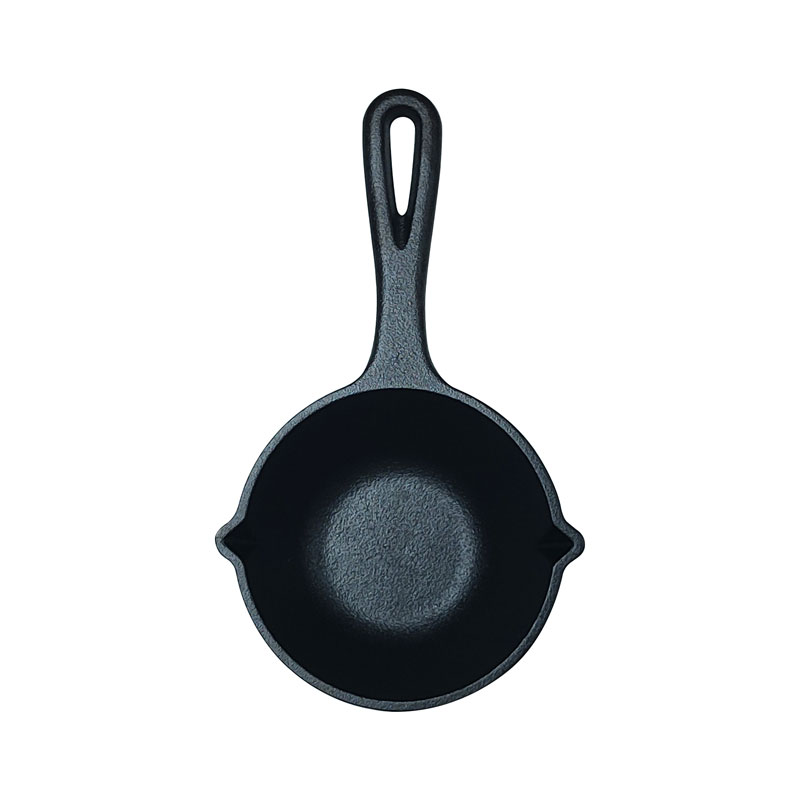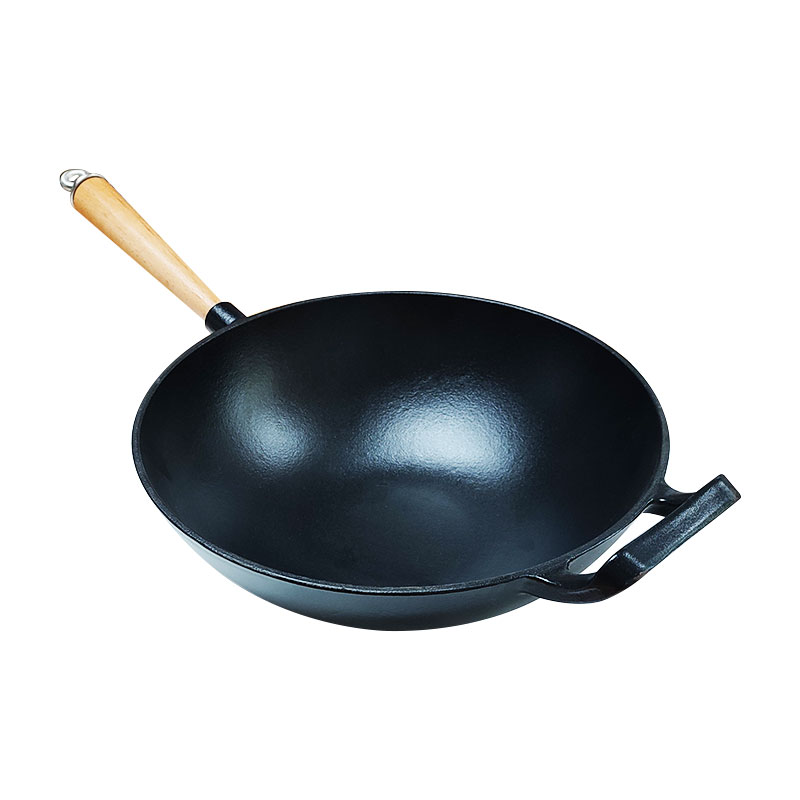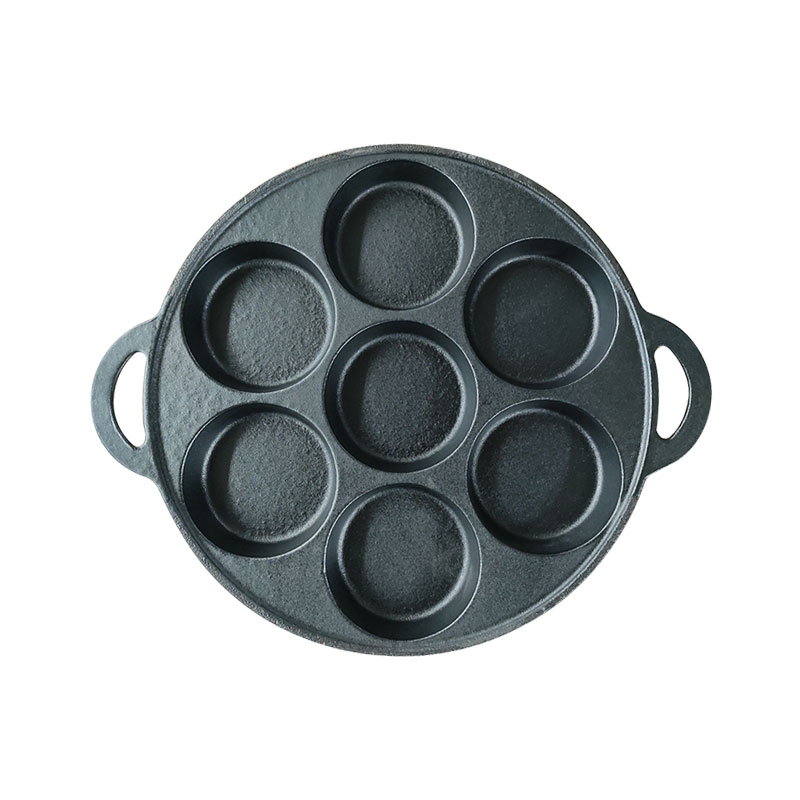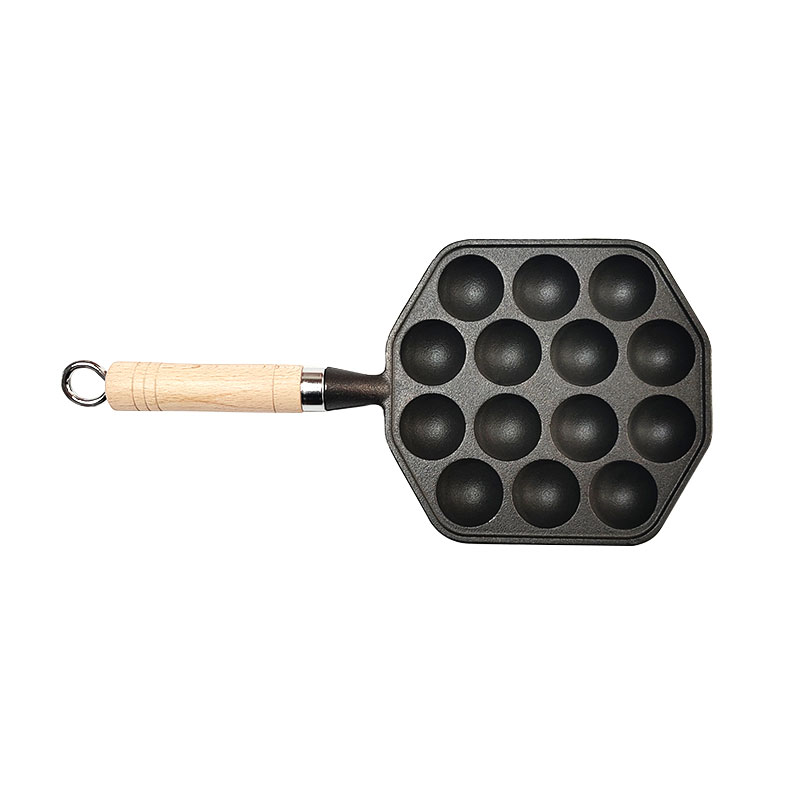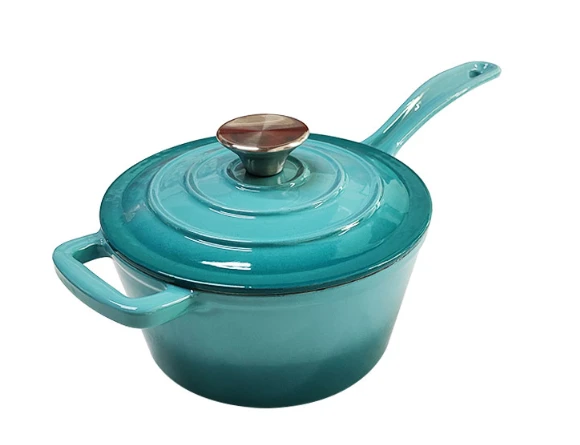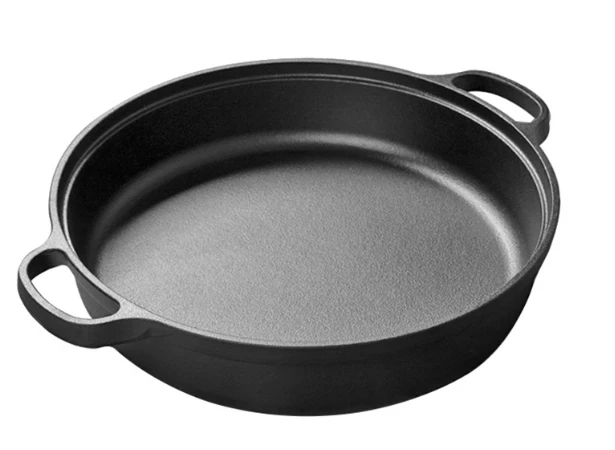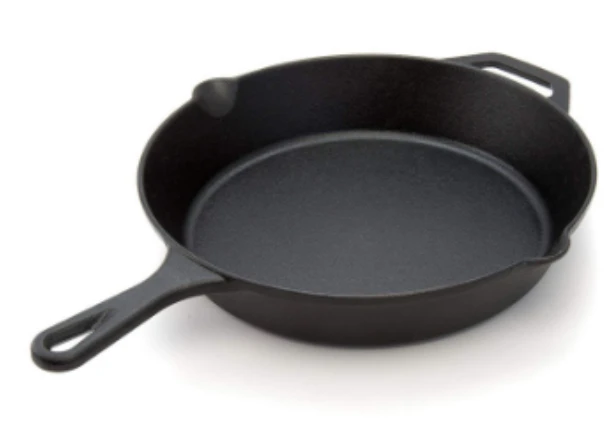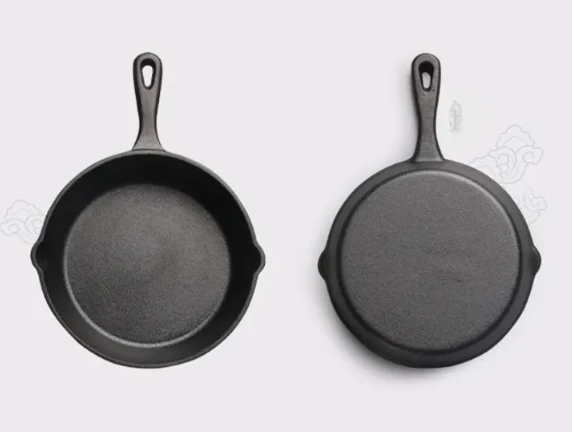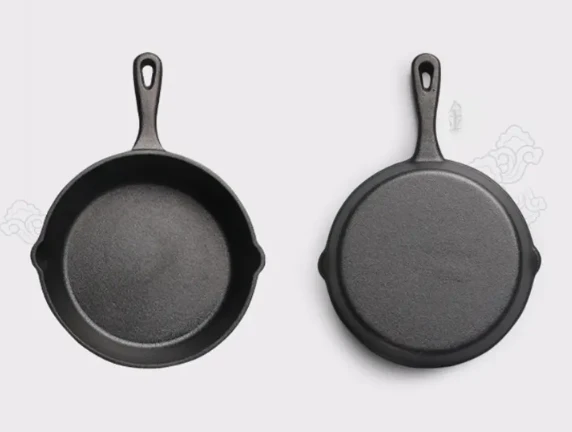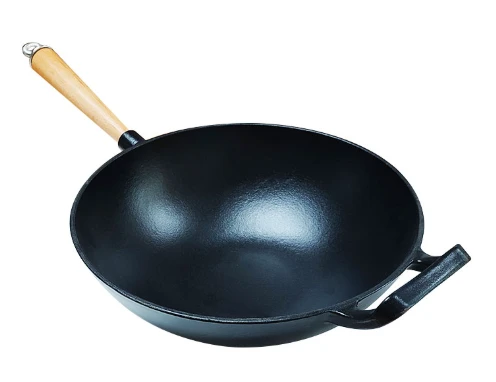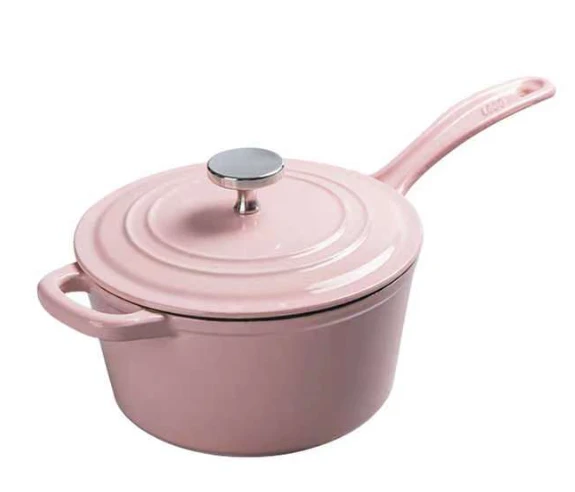- AFRIKANINA
- albaney
- Amharic
- Arabo
- Armeniana
- Azerbaijani
- Baska
- Belarusian
- Bengali
- Bosniaka
- biolgara
- Katalana
- Cebuano
- Korsika
- Kroaty
- TSEKY
- Danoà
- Anarana iombonana
- anglisy
- esperanto
- Estoniana
- Anarana
- FRANTSAY
- Frisian
- galisiana
- Zeorziana
- Anarana
- GRIKA
- Gujarati
- Kreole Haitiana
- Hausa
- Hawaii
- Hebreo
- tsy misy
- Miao
- hongariana
- Anarana
- igbo
- indonezianina
- TENY IRLANDEY
- ITALIANINA
- Anarana
- Javaney
- Kannada
- kazakh
- Khmer
- Rwanda
- Koreana
- Kiorda
- Kyrgyz
- asa
- Latina
- Zavatra tsy
- litoanianina
- Luxembourgish
- Masedoniana
- Malagasy
- Malay
- Malayalam
- Maltais
- Maori
- Marathi
- Mongoliana
- Myanmar
- Nepali
- Norwegian
- Norwegian
- Occitan
- Pashto
- Persian
- Polish
- Portuguese
- Punjabi
- Romanian
- Russian
- Samoan
- Scottish Gaelic
- Serbian
- Sesotho
- Shona
- Sindhi
- Sinhala
- Slovak
- Slovenian
- Somali
- Spanish
- Sundanese
- Swahili
- Swedish
- Tagalog
- Tajik
- Tamil
- Tatar
- Telugu
- Thai
- Turkish
- Turkmen
- Ukrainian
- Urdu
- Uighur
- Uzbek
- Vietnamese
- Welsh
- Bantu
- Yiddish
- Yoruba
Enamel Cast Iron Dutch Casserole Pot with SS Knob – FAQs
Can I customize the color and logo of this enamel cast iron pot?


Yes. We offer OEM & ODM services with a wide selection of colors, finishes, and the option to add your custom logo or branding on the pot and packaging.
What is the function of the stainless steel (SS) knob on the lid?


The SS knob is heat-resistant and oven-safe, allowing you to safely handle the lid even during high-temperature cooking or baking.
Is the enamel coating safe and non-stick?


Yes. The enamel layer is food-grade, non-reactive, and non-stick, making it safe for all kinds of cooking including acidic ingredients like tomatoes or vinegar.
What types of cooktops can this pot be used on?


This pot is suitable for gas, electric, induction, ceramic, and oven use, offering versatile performance in both home and professional kitchens.
How should I clean and care for the enamel surface?


Allow the pot to cool before washing. Use warm water with mild detergent and a soft cloth or sponge. Avoid metal utensils and dishwashers to maintain the enamel finish.


Manontania izao momba ny varotra vy vita amin'ny vy
Fenoy azafady ny taratasy etsy ambany dia hiverina aminao ny ekipanay miaraka amin'ny vidiny, ny antsipirihan'ny vokatra ary ny safidy fanamboarana.










